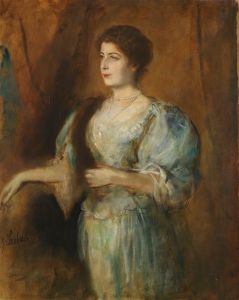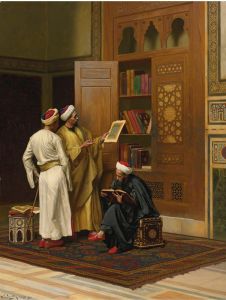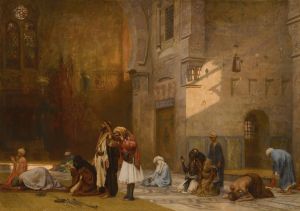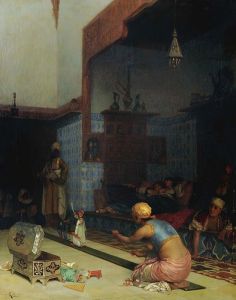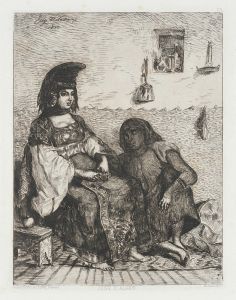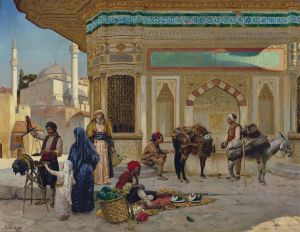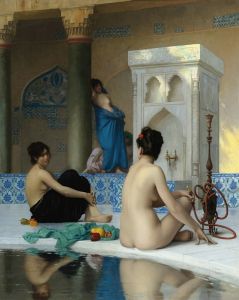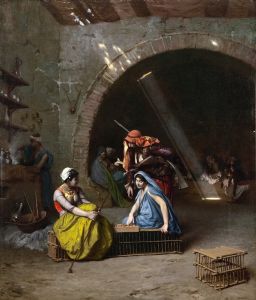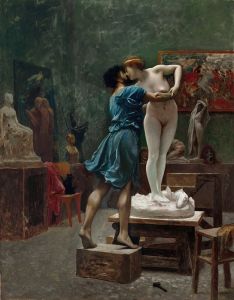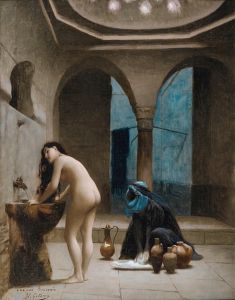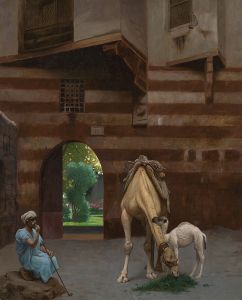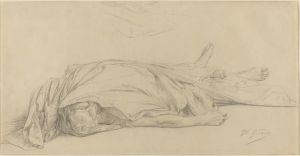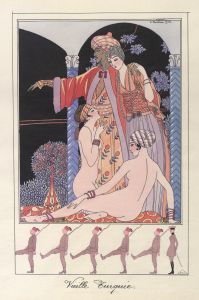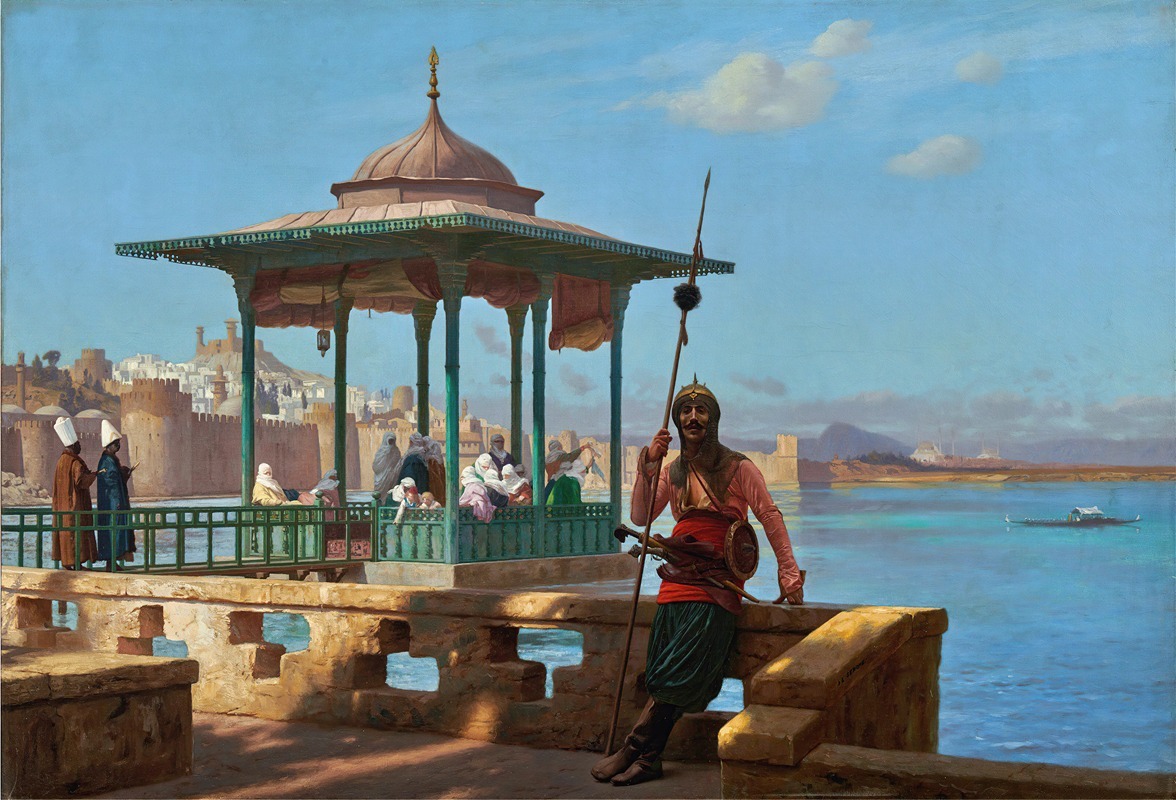
The Harem In The Kiosk
A hand-painted replica of Jean-Léon Gérôme’s masterpiece The Harem In The Kiosk, meticulously crafted by professional artists to capture the true essence of the original. Each piece is created with museum-quality canvas and rare mineral pigments, carefully painted by experienced artists with delicate brushstrokes and rich, layered colors to perfectly recreate the texture of the original artwork. Unlike machine-printed reproductions, this hand-painted version brings the painting to life, infused with the artist’s emotions and skill in every stroke. Whether for personal collection or home decoration, it instantly elevates the artistic atmosphere of any space.
Jean-Léon Gérôme's painting "The Harem in the Kiosk" is a notable work by the French artist, who is renowned for his detailed and historically themed paintings. Gérôme, born in 1824 and passing in 1904, was a prominent figure in the 19th-century academic art scene, known for his precise and polished style. His works often depicted historical, mythological, and Orientalist themes, reflecting the Western fascination with the East during that period.
"The Harem in the Kiosk" is an example of Gérôme's Orientalist work, a genre that sought to capture the exoticism and mystique of the Middle East and North Africa. Orientalism in art was characterized by its romanticized and often stereotypical portrayal of Eastern cultures, which were viewed through a Western lens. Gérôme, like many of his contemporaries, traveled to the Middle East and North Africa, drawing inspiration from the people, architecture, and landscapes he encountered.
This painting specifically depicts a scene within a harem, a private space in the homes of affluent Muslim families where women lived and were secluded from the outside world. The term "kiosk" in the title refers to a type of open pavilion or summerhouse, often found in the gardens of Ottoman palaces, which were used for relaxation and entertainment. Gérôme's depiction of the harem is characterized by meticulous attention to detail, capturing the luxurious fabrics, intricate patterns, and opulent surroundings typical of his Orientalist works.
Gérôme's portrayal of the harem reflects the Western fascination with the concept of the harem as a place of mystery and sensuality. However, it is important to note that such depictions were often more reflective of Western fantasies than the realities of life in the East. Gérôme's work, while celebrated for its technical skill and aesthetic appeal, is also a product of its time, embodying the complex and often problematic dynamics of cultural representation and imperialism.
The painting is executed with Gérôme's characteristic precision, utilizing a palette that emphasizes rich colors and contrasts. The composition is carefully arranged to draw the viewer's eye through the scene, inviting them to explore the details of the setting and the figures within it. Gérôme's ability to render textures, such as the sheen of silk or the play of light on skin, adds to the painting's allure and realism.
"The Harem in the Kiosk" is housed in a private collection, and like many of Gérôme's works, it continues to be studied and appreciated for its artistic merit as well as its cultural and historical significance. Gérôme's paintings, including this one, offer a window into the 19th-century European perspective on the East, providing insight into the ways in which art can both reflect and shape cultural perceptions.
In summary, "The Harem in the Kiosk" is a quintessential example of Jean-Léon Gérôme's Orientalist oeuvre, showcasing his skill in rendering detailed and evocative scenes. While it captures the allure and opulence associated with the harem, it also serves as a reminder of the Western gaze and the complexities inherent in cross-cultural representation during the 19th century.





